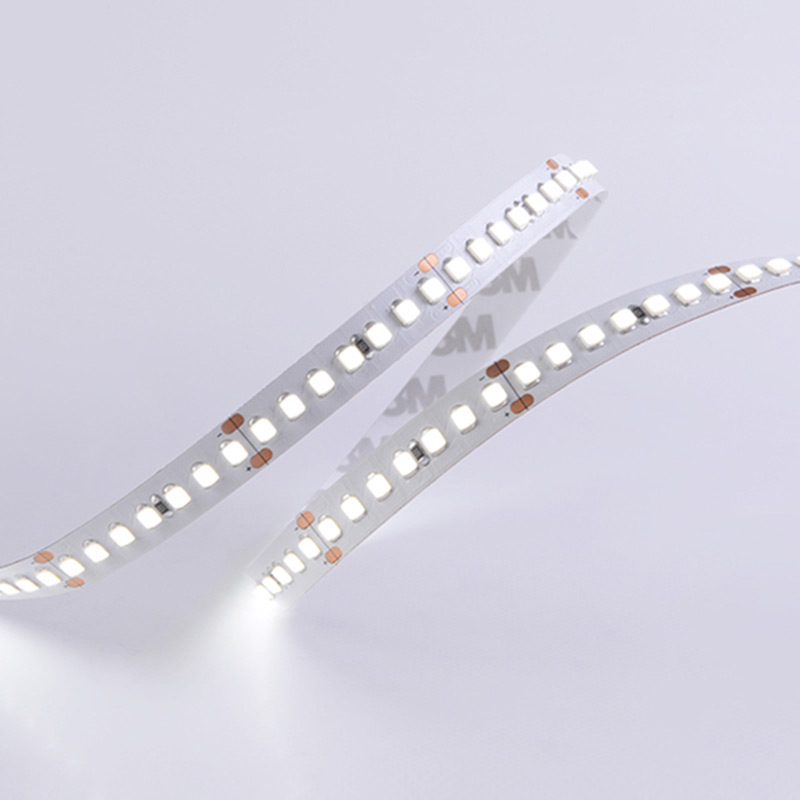
-
 Afrikaans
Afrikaans -
 Albanian
Albanian -
 Amharic
Amharic -
 Arabic
Arabic -
 Armenian
Armenian -
 Azerbaijani
Azerbaijani -
 Basque
Basque -
 Belarusian
Belarusian -
 Bengali
Bengali -
 Bosnian
Bosnian -
 Bulgarian
Bulgarian -
 Catalan
Catalan -
 Cebuano
Cebuano -
 Corsican
Corsican -
 Croatian
Croatian -
 Czech
Czech -
 Danish
Danish -
 Dutch
Dutch -
 Pelekania
Pelekania -
 Esperanto
Esperanto -
 Estonian
Estonian -
 Finnish
Finnish -
 French
French -
 Frisian
Frisian -
 Galician
Galician -
 Georgian
Georgian -
 German
German -
 Greek
Greek -
 Gujarati
Gujarati -
 Haitian Creole
Haitian Creole -
 hausa
hausa -
 hawaiian
hawaiian -
 Hebrew
Hebrew -
 Hindi
Hindi -
 Miao
Miao -
 Hungarian
Hungarian -
 Icelandic
Icelandic -
 igbo
igbo -
 Indonesian
Indonesian -
 irish
irish -
 Italian
Italian -
 Japanese
Japanese -
 Javanese
Javanese -
 Kannada
Kannada -
 kazakh
kazakh -
 Khmer
Khmer -
 Rwandese
Rwandese -
 Korean
Korean -
 Kurdish
Kurdish -
 Kyrgyz
Kyrgyz -
 Lao
Lao -
 Latin
Latin -
 Latvian
Latvian -
 Lithuanian
Lithuanian -
 Luxembourgish
Luxembourgish -
 Macedonian
Macedonian -
 Malgashi
Malgashi -
 Malay
Malay -
 Malayalam
Malayalam -
 Maltese
Maltese -
 Maori
Maori -
 Marathi
Marathi -
 Mongolian
Mongolian -
 Myanmar
Myanmar -
 Nepali
Nepali -
 Norwegian
Norwegian -
 Norwegian
Norwegian -
 Occitan
Occitan -
 Pashto
Pashto -
 Persian
Persian -
 Polish
Polish -
 Portuguese
Portuguese -
 Punjabi
Punjabi -
 Romanian
Romanian -
 Russian
Russian -
 Samoan
Samoan -
 Scottish Gaelic
Scottish Gaelic -
 Serbian
Serbian -
 Sesotho
Sesotho -
 Shona
Shona -
 Sindhi
Sindhi -
 Sinhala
Sinhala -
 Slovak
Slovak -
 Slovenian
Slovenian -
 Somali
Somali -
 Spanish
Spanish -
 Sundanese
Sundanese -
 Swahili
Swahili -
 Swedish
Swedish -
 Tagalog
Tagalog -
 Tajik
Tajik -
 Tamil
Tamil -
 Tatar
Tatar -
 Telugu
Telugu -
 Thai
Thai -
 Turkish
Turkish -
 Turkmen
Turkmen -
 Ukrainian
Ukrainian -
 Urdu
Urdu -
 Uighur
Uighur -
 Uzbek
Uzbek -
 Vietnamese
Vietnamese -
 Welsh
Welsh -
 Bantu
Bantu -
 Yiddish
Yiddish -
 Yoruba
Yoruba -
 Zulu
Zulu
drum brake shoe placement
Understanding Drum Brake Shoe Placement A Guide to Optimal Performance
Drum brakes are a crucial component of many vehicles, effectively providing stopping power through a relatively simple design. At the heart of their functionality lies the brake shoes, which press against the interior of a rotating drum to generate the necessary friction for deceleration. Proper placement of these brake shoes is vital for ensuring optimal performance, longevity, and safety. In this article, we will explore the significance of drum brake shoe placement and provide insights into best practices.
When we talk about drum brake shoes, it is essential to understand their construction and function. Typically composed of a metal backing plate with a friction material bonded to its surface, these shoes are designed to expand outward when the brakes are applied. This expansion presses the shoes against the brake drum, creating the friction that slows down the vehicle. The efficiency and effectiveness of this process can be significantly affected by how the shoes are positioned within the drum.
One of the most critical factors in drum brake shoe placement is the alignment with the brake drum. To achieve optimal contact, the shoes must be installed in a manner that allows them to fully engage with the drum surface. Misalignment can lead to uneven wear, reduced braking efficiency, and increased noise during operation. Ensuring that the shoes are centered and adequately positioned can also prevent vibrations that might compromise the driving experience.
drum brake shoe placement

Another consideration is the adjustment of the brake shoes relative to the drum. Most drum brake systems feature an adjustment mechanism that allows the shoes to be set at an appropriate distance from the drum. If the shoes are too far away, the brakes may not engage effectively, leading to a spongy feel when the brake pedal is pressed. Conversely, if they are too close, the shoes may drag against the drum, causing premature wear and overheating.
In addition to alignment and adjustment, the order of installation can also impact drum brake shoe placement. When replacing brake shoes, it is wise to pay attention to the orientation and positioning of each shoe. Often, drum brake shoes come with markings indicating the top and bottom, helping to ensure they are mounted correctly. This attention to detail during installation can significantly enhance performance and durability.
Regular maintenance and inspection of drum brake systems are also essential for ensuring proper shoe placement. Over time, brake components can wear, leading to shifts in alignment. Therefore, checking the brake adjustment, inspecting brake shoes for signs of uneven wear, and ensuring that all components are free from rust and debris can help sustain optimal performance.
In conclusion, drum brake shoe placement is a critical aspect of vehicle safety and performance. Achieving proper alignment, adjustment, and installation order will not only extend the life of your braking system but also enhance the overall driving experience. By being mindful of these factors and performing regular maintenance, you can ensure that your drum brakes provide reliable stopping power when you need it most.
-
Rear Drum Brakes Maintenance TipsNūhouAug.04,2025
-
Key Components Affecting Brake Drum FunctionNūhouAug.04,2025
-
Important Inspection for Truck Drum BrakeNūhouAug.04,2025
-
How to Prepare for Changing Rear Drum BrakesNūhouAug.04,2025
-
Essential Tools for Cleaning Drum Brakes ProperlyNūhouAug.04,2025
-
Brake Drum Function GuideNūhouAug.04,2025
-
Safety Features of Red Brake DrumsNūhouAug.01,2025
